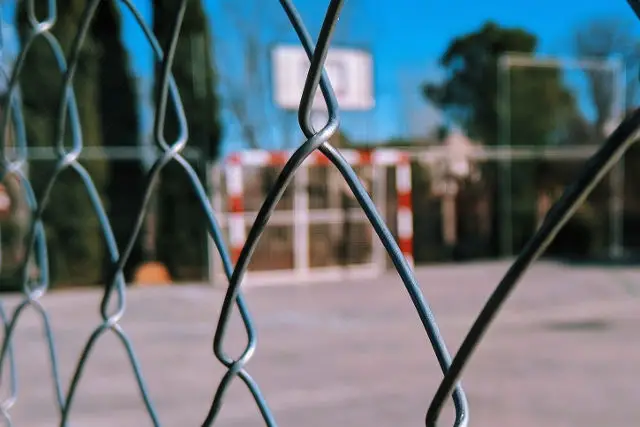Peter shares this latest news on behalf of the National Education Union. Ed
Last week the Department of Psychology and Human Development at the UCL Institute of Education published a study which surveyed schools across England and compared their responses with previous studies in the mid-1990s and mid-2000s.
For those working in education there were no surprises, but it found that:
- Breaks are becoming shorter
- More staff are needed for supervision
- Students and staff were losing break times to carry out other tasks
- An increase in primary breakfast clubs
- Primary schools are more negative about the existence and quality of playground markings, sheltered and quiet areas
Peter Shreeve, local joint secretary of the National Education Union said:
“As a primary pupil and secondary student, I recall 20-minute breaks in the morning and the afternoon and a full hour for lunch. I recall rarely needing the loo during lessons, if at all. I recall having the time to
- blow off steam inside school as well as outside in the quad and on the field,
- talk to my mates,
- complete detentions and
- seek out teachers to help me with homework or other issues.”
45 minutes less break time per week
He went on to say,
“When I started teaching, the same was true. Since then the afternoon break has disappeared in most, if not all schools. Schools have had to increasingly focus on league tables and focus on selling themselves as the educational marketplace has grown.
“Lunch breaks have condensed, occasionally down to 20 minutes – the statutory minimum. The study showed five to seven year olds now have 45 minutes less break time per week than children of the same age in 1995 and those in secondary schools have 65 minutes less. But why cut breaks?”
Days shorter and more intense
Peter added,
“Student behaviour has become more challenging, days have become shorter and more intense, as schools have been forced to cram in more content. Has this led to worse behaviour and in turn the strict enforcement of zero tolerance behaviour policies?
“We must remember that schoolchildren are still learning and finding their place in society. Behaviour boundaries are good, but does zero tolerance create a slow pressure cooker in schools?”
Everybody loses
He added,
“Decreasing availability of lunchtime staff, especially support staff caused by downgrading salary levels caused by austerity means there are fewer staff to supervise.
“Indeed, increasingly senior staff, caretakers, science technicians and learning support assistants are having to fulfil these midday roles, thereby unable to spend this time on their substantive role. Everybody loses.”
The lunch hour
In an hour lunch break teachers can:
- spend time with students from the pre-lunch lesson, either support further academic learning or deal with behaviour issues.
- Go to the loo and chat with colleagues
- Run a lunchtime club for students
- Prepare and set up their next lesson
- Eat their lunch
Peter said,
“All of this is impossible in a break of 30-35 minutes. What can students achieve in the same time?
Give breaks a chance
Finishing, Peter says,
“The report asks us to ‘reconsider the practice of withholding break time’, given evidence that the approach is ‘likely to be counterproductive’.
“In addition, the report states: ‘Legislation should convey an average expectation that ensures all pupils have regular and sustained periods of break time every day to undertake activities of their own choosing, with peers and in an outdoor space for the purpose of play, recreation and social development.’
“Breaks are tightly managed and as short as possible. Give breaks a chance!”





